Littledean Tower
The 15th century Littledean Tower is now a ruin, but this fortified house was the home of the Kers of Littledean. The following story about Littledean was published in ‘Notes on the Folk-lore of the Northern Counties of England and the Borders by William Henderson’ (1879).

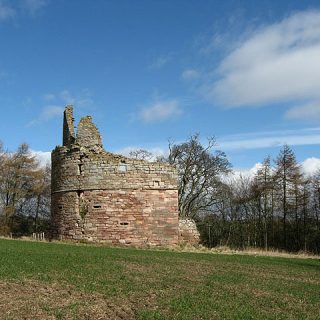
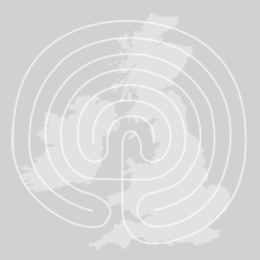
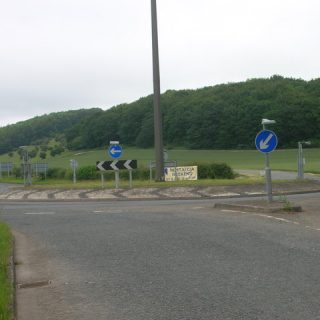
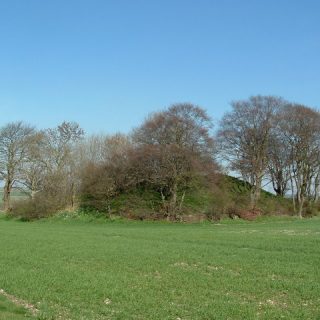
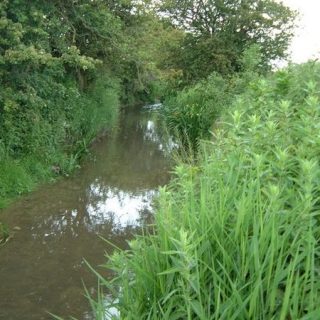
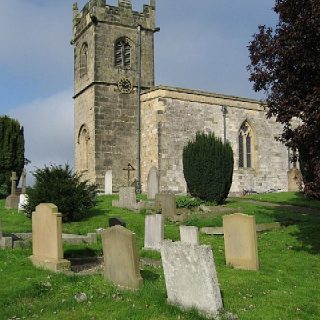
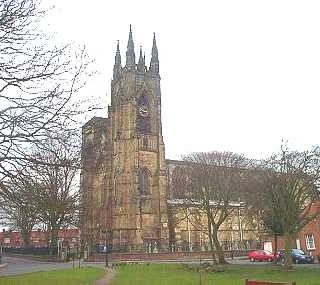
Recent Comments